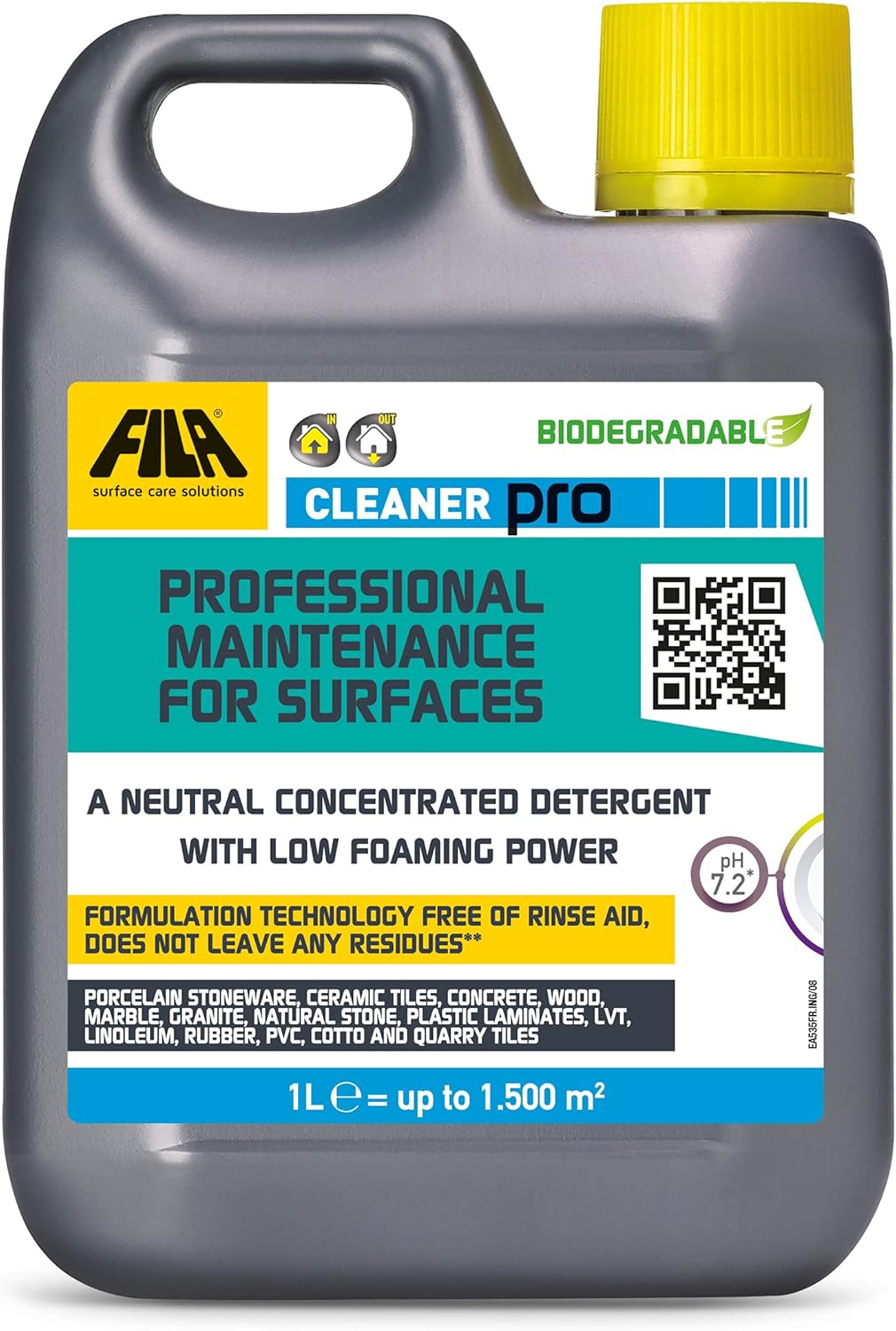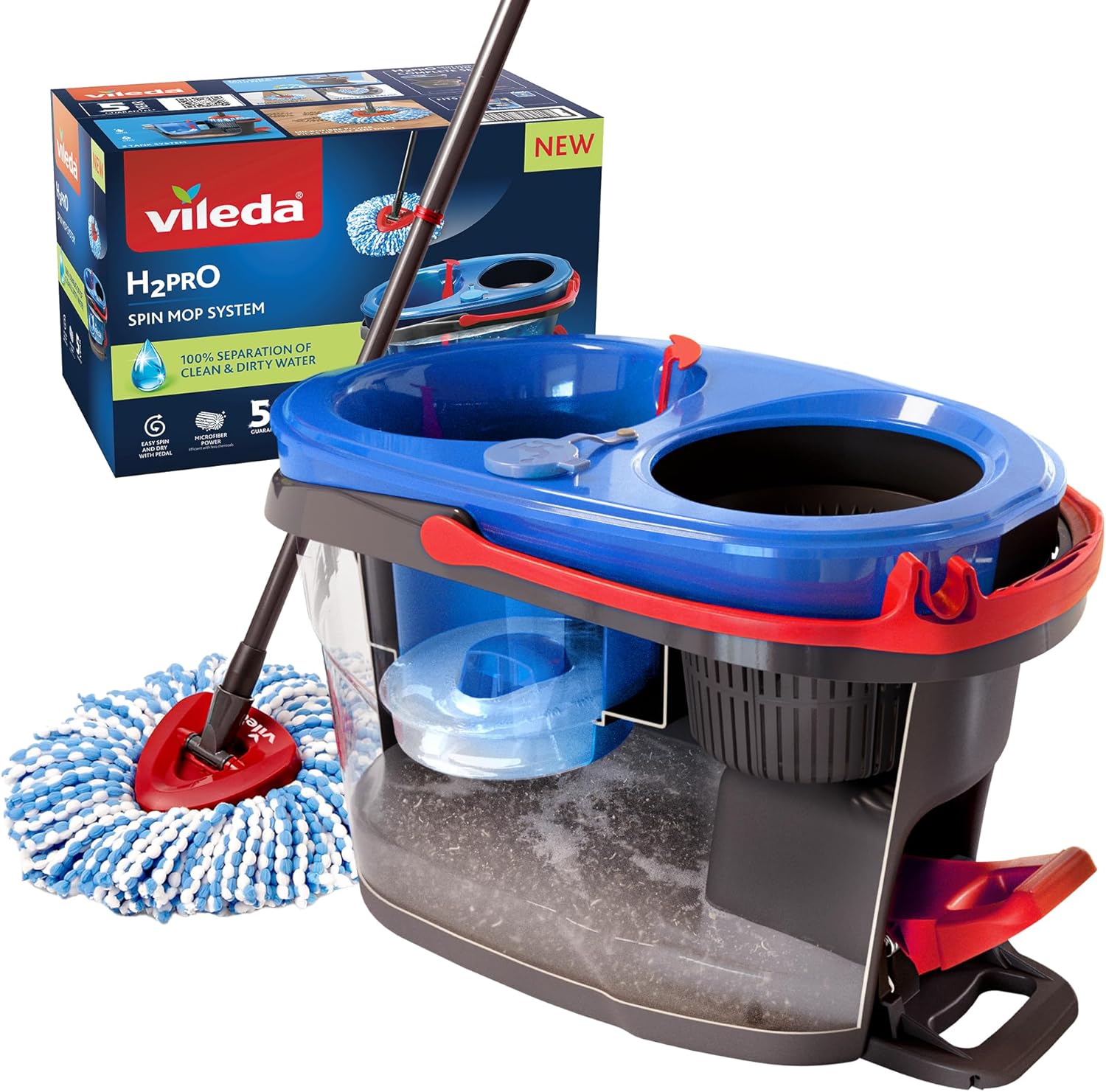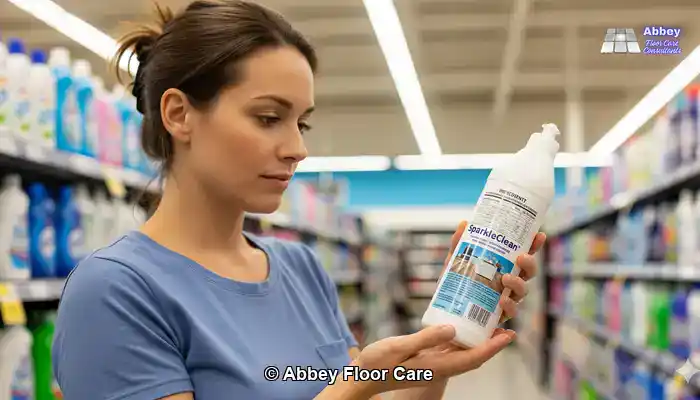
Last Updated on November 12, 2025 by David
Key takeaways from the article, “What Is the Best Product for Terrazzo Cleaning?”
- Utilise pH-neutral cleaners for routine care to avoid etching or dulling the surface, particularly when marble chips are present in the terrazzo mix.
- Alkaline cleaners are effective for ingrained soils, but thorough rinsing and resealing are necessary if they dwell for extended periods.
- Avoid acidic, bleach-based, or abrasive products, as these can permanently harm terrazzo and compromise its long-term appearance.
- Topical sealers are a valid option when adequately maintained and topped up, providing enhanced gloss and protection for high-traffic areas.
- Regular maintenance with soft tools and prompt spill response aids in preserving the finish and minimises the need for frequent deep cleaning.
Gain In-Depth Knowledge of Terrazzo Flooring

What Constitutes the Composition of Terrazzo?
Terrazzo is a composite flooring material crafted by blending marble, quartz, granite, or glass chips into a cement or epoxy base. Once installed, the surface is ground down and polished to achieve a smooth and decorative finish that enhances its aesthetic appeal. Given its natural stone content, terrazzo is susceptible to harsh chemicals and requires gentle care to maintain its visual appeal and longevity. The unique blend of materials not only provides strength but also offers a myriad of design options for homeowners.
Expert Recommendation: These Products Are Ideal for Daily Terrazzo Maintenance Cleaning.

Fila Pro Floor Cleaner
|

LTP MPG Sealer H20
|

Vileda H2PrO Spin Mop System
|
Why Does Terrazzo Require Specialised Care?
Unlike ceramic or vinyl floors, terrazzo is porous and can absorb liquids if not adequately sealed. Using acidic cleaners, bleach, or abrasive tools can dull the surface or cause permanent staining. To keep terrazzo floors in excellent condition, it’s imperative to use pH-neutral products specifically formulated for stone surfaces. Regular maintenance not only helps preserve the shine but also prevents long-term damage, ensuring that your investment in terrazzo pays off in the long run.
Avoid Common Mistakes When Cleaning Terrazzo Floors

Why Are Acidic Cleaners a Significant Risk?
Acid-based products such as vinegar, lemon juice, or lime scale removers can etch terrazzo surfaces, particularly if they contain marble chips. Even a single application may leave dull patches or cause irreversible damage to the floor. Homeowners frequently assume that natural acids are harmless, but terrazzo reacts differently than ceramic or porcelain tiles. Understanding the chemical interactions between these substances and terrazzo is crucial for maintaining its beauty and integrity.
What Are the Issues Associated with Steam and Bleach?
While steam cleaners may appear convenient, the high temperature and pressure can weaken sealants and drive moisture into the substrate of terrazzo. Conversely, bleach is alkaline and can lead to discolouration over time. Both cleaning methods pose risks to the integrity of the floor, especially in older properties or areas where the sealant has worn down. It is essential to consider safer alternatives that do not compromise the quality of your flooring.
How Can Abrasives Detract from the Finish?
Using scouring pads, gritty powders, or stiff brushes can scratch the polished surface of terrazzo. Once scratched, the floor loses its reflective quality and becomes more challenging to clean effectively. For deep-cleaning, always opt for soft pads and non-abrasive tools designed specifically for stone surfaces. Preserving the finish is essential for long-term beauty and ease of maintenance, ensuring that your terrazzo floor remains a stunning feature in your home.
Identifying the Right Deep-Cleaning Product – When pH-Neutral Cleaners Fall Short

What Defines a Safe Cleaner for Terrazzo?
Safe terrazzo cleaners are pH-neutral, non-acidic, and free from harsh solvents. Since terrazzo often contains marble chips, it reacts poorly to acidic or alkaline products. A balanced cleaner effectively lifts dirt without compromising the surface or sealant. When selecting a cleaner, look for labels that specify compatibility with natural stone or terrazzo.
In instances where terrazzo floors are heavily soiled—particularly in kitchens, hallways, or commercial spaces—standard pH-neutral cleaners may lack the potency required to eliminate ingrained grime. Over time, oils, grease, and dirt tracked indoors can settle deep into the porous surface, especially when the sealant has deteriorated.
Why Is an Alkaline Cleaner Sometimes Essential?
Alkaline cleaners are designed to tackle organic soils, grease, and persistent residues that neutral products cannot completely eliminate. These solutions work by emulsifying contaminants, allowing them to lift from the pores of terrazzo so they can be rinsed away effectively. For deeply embedded grime, a stronger alkaline formulation may be the only viable option to restore the floor’s original appearance and splendour.
Why Is Thorough Rinsing Crucial to Prevent Surface Damage?
While effective, alkaline cleaners must be used with caution. Leaving them on the surface for extended periods can strip away protective sealers or lead to discolouration. After the recommended dwell time—typically between 5 to 15 minutes—rinse the floor thoroughly with clean water. Employ a wet vacuum or conduct multiple mop passes to ensure no residue remains. Inadequate rinsing can result in a chalky film or long-term dullness, detracting from the floor's aesthetic appeal.
Why Resealing Is Necessary After Deep Alkaline Cleaning
If the cleaner required prolonged dwell time to break down soils, or if the floor was already unsealed, it is advisable to reseal the terrazzo following cleaning. Alkaline products can open the stone’s pores, making it more susceptible to future staining. Applying a breathable impregnating sealer aids in restoring protection and maintaining the floor’s resistance to moisture and dirt.
Comprehensive Step-by-Step Guide to Deep-Cleaning Terrazzo
How to Prepare the Surface Effectively
Initiate the process by removing loose dust and debris using a soft-bristle broom or a vacuum set to hard floor mode. Avoid dragging furniture or utilising metal-edged tools, as these can scratch the terrazzo surface. If the floor has residual polish or old residue, consider employing a safe terrazzo stripper prior to deep-cleaning to ensure optimal results.
How to Safely Apply the Cleaner
Mix your chosen cleaner in accordance with the manufacturer’s instructions. Apply it evenly across the floor using a microfiber mop or soft applicator. Allow the solution to dwell for 5 to 10 minutes to loosen embedded dirt, but ensure it does not dry on the surface. Work in manageable sections to maintain control and ensure thorough cleaning.
Agitation and Rinsing Techniques for Optimal Results
Utilise a soft white pad or a slow-speed rotary machine fitted with a non-abrasive brush to agitate the surface. This technique helps lift grime from the pores of terrazzo without causing scratches. Rinse thoroughly with clean water, changing the water frequently to prevent re-depositing dirt. A wet vacuum can expedite the process and enhance overall results, leaving the floor looking pristine.
Drying and Buffing Techniques for a Lasting Finish
Allow the floor to air dry completely or use a dry microfiber mop to eliminate residual moisture. Once dry, buff the surface with a clean white pad to restore a subtle sheen. If the floor continues to appear dull, it may indicate the need for resealing or polishing, particularly in high-traffic areas where wear and tear are more pronounced.
Recognising When to Reseal Your Terrazzo Floor
What Are the Signs That Your Seal Has Worn Off?
If your terrazzo floor appears dull, absorbs water rapidly, or shows signs of staining, the sealant may have deteriorated. A simple water-drop test can be performed: place a few drops on the surface and observe. If the water darkens the stone or disappears within seconds, it is time to reseal.
How to Choose the Right Sealer for Your Needs
For homes in the UK, solvent-based impregnating sealers such as Lithofin Stainstop or Fila MP90 provide long-lasting protection without altering the natural appearance. These sealers penetrate the surface, blocking moisture and stains without forming a visible layer. This ensures that the beauty of your terrazzo floor remains intact while being protected from the elements.
What Is the Proper Method to Apply Sealer at Home?
Thoroughly clean the terrazzo floor and allow it to dry for at least 24 hours before application. Apply the sealer evenly using a lint-free cloth or sponge, working in small sections for better control. Allow it to absorb for the recommended time, then wipe off any excess. A second coat may be required for high-traffic areas. Always ensure proper ventilation in the space and adhere to safety instructions provided on the label.
Strategies for Maintaining Terrazzo After Deep Cleaning
Weekly and Monthly Maintenance Practices
To maintain the pristine appearance of terrazzo, dry mop regularly with a microfiber pad to eliminate dust and grit. For weekly cleaning, use a diluted pH-neutral cleaner and avoid soaking the floor excessively. Monthly, inspect high-traffic areas for wear and reapply cleaner as needed. Over-wetting should be avoided, as it can weaken sealants over time and diminish the protective barrier.
Identifying the Best Mops and Tools for Ongoing Care
Microfiber mops are ideal for terrazzo since they effectively trap fine particles without risking scratches on the surface. Avoid sponge mops, which could inadvertently push dirt into the pores. For larger areas, consider a spray mop with refillable cartridges that facilitate controlled application of stone-safe solutions. Always rinse mop heads thoroughly after use to prevent residue buildup that could affect future cleaning.
How to Quickly Handle Spills and Stains
Blot spills immediately using a soft cloth or paper towel. Avoid rubbing, as this can spread the stain further. For oily or coloured spills, apply a small amount of stone-safe cleaner and rinse with clean water. If a stain persists, utilise a baking soda and water poultice, but always test first to ensure it won’t affect the finish. Timely action is crucial in preventing permanent marks and maintaining the floor's fresh appearance.
Your Questions Answered: FAQs About Terrazzo Floor Cleaning
Can I Use Vinegar on Terrazzo?
No. Vinegar is acidic and can etch terrazzo surfaces, particularly if they contain marble chips. Even diluted vinegar can lead to dull spots or long-term damage. It is always advisable to select a pH-neutral cleaner specifically formulated for stone surfaces to ensure the longevity and beauty of your terrazzo floor.
What Should I Do If My Floor Is Already Damaged?
If your terrazzo exhibits scratches, stains, or dull patches, deep-cleaning alone may not suffice to restore its appearance. You may require professional honing or polishing to effectively remove surface damage. In certain cases, resealing or applying a stone-safe polish can improve the look, but restoration should be the primary approach for heavily worn floors to preserve their beauty.
How Often Is Deep-Cleaning Necessary?
For most UK households, deep-cleaning terrazzo every 6 to 12 months is adequate. However, high-traffic areas such as hallways or kitchens may require more frequent attention. Regular maintenance between deep cleans not only extends the life of the sealant but also keeps the floor looking fresh and inviting throughout the year.
The Article What Is the Best Product for Terrazzo Cleaning first found on https://www.abbeyfloorcare.co.uk

